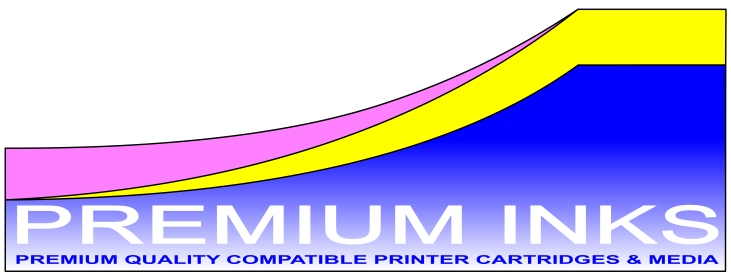Canon, Epson, and HP all produce ink tank printers. This type of printer features built-on ink tanks, replacing the need for ink cartridges.
Several years ago major manufacturers realised an enthusiasm for a printer that could be refilled. Many people were already using continuous ink supply systems (CISS) made by a third party. The CISS featured tanks of ink with a series of flexible tubes connected to a set of compatible cartridges.
Manufacturers resisted the use of the CISS system on some models by adding obstacles, making the system problematic to install. Installation involved attaching tubes from the ink tanks to the printer chassis, but at the same time allowing enough slack for the print head carriage to move left to right. On some models the case had to be modified to allow the printer lid or scanning bed to be closed with the ink tubes in place. It was also imperative not to have the ink tanks positioned too high above the printer, otherwise the force of gravity would push ink out of the cartridges causing it to leak inside the printer.
In the early days we sold CISS units, however return percentages were high with some customers struggling to install the systems. So we arrived at the conclusion that CISS systems were really only suitable for a diy-er type of person. Instead we begin to offer refillable ink cartridges with auto reset chips.
Then along came the Brother inkjet printers where ink cartridges were loaded to the front behind a plastic door. This made it possible to use giant ink cartridges that protruded from the front of the printer. The disadvantage was that the front door had to be left open or removed, and the sensor detected that the door was open, preventing the printer from being used. So a piece of plastic had to be placed inside the door slot to make the printer think that the door was closed.
These type of CISS/Refillable cartridges proved extremely successful, that is until Brother introduced microchips on newer models. Firmware updates would often render the compatible chips useless. Refilling Brother printers soon lost popularity.
The introduction of the dedicated ink tank printer was a popular move, however they were far more expensive to buy than their comparable ink cartridge model. In the beginning the price difference could be £200 or more, but as time went by this reduced to above £100.
To answer the question ‘Are Ink Tank Printers worth the money?’, we need to look at the overall requirements of the user. How often will the printer be used? If infrequently then payback may never happen. Occasional printer users may be better served buying a cheaper machine that uses ink cartridges. For heavy duty requirements the ink tank should be a sensible purchase. But there are banana skins that need to be avoided. These include the replacement of waste ink boxes and print heads.
Manufacturers obviously aim look to make a profit, either on the sale of ink cartridges, or the initial purchase price of the printer. With ink tank printers this is of course on the initial purchase of the hardware. With cheaper printers a premium is added to the cost of the ink cartridges.
In the old days printers were heavy, sturdily built machines containing metal. Nowadays they are built mostly with plastic. Whilst many old printers including the Epson Stylus Photo R200 are still working today, newer type printers seem to have a limited life cycle. They often appear light, and can be noisy in operation. So we need to ask ourselves how long ink tank printers will continue to work before they become an uneconomical repair? How long will the print head last before it becomes blocked? How long will the paper feed mechanism function before it fails to feed the paper properly? How soon before Windows upgrades means there is no longer a working printer driver available. How soon before the printer power supply fails. How much will a replacement waste ink tank box cost to buy?
Compare the ink tank printer against a comparable printer with similar features, and look at the price difference. Then work out how long the savings you make from buying ink cartridges will take to pay back the extra initial investment. If that’s going to take longer than a year, I personally wouldn’t bother! Alternatively, if you instead find an ink cartridge printer that can be used with refillable cartridges, consider buying that instead? Also, if your main aim is not to save money, but to save items from entering landfill, then bear in mind that refill ink also comes in disposable plastic. So using a printer with refillable cartridges will not cause any more pollution than an ink tank printer.
Summing up, Ink Tank Printers would definitely be worth buying if they continued to function for a prolonged period. Unfortunately there are several factors that can shorten their working life. Printers keep a record of how many pages they have printed, then can stop working at a pre determined page count. Often called the printers ‘duty cycle’, which could also be known as the printers ‘fair use policy’, the manufacturer decides how much use a printer should have before it ceases to function. This way we are forced to buy a new machine every year or two, sending the old printer to landfill. So maybe Ink Tank Printers are not so environmentally friendly after all?
